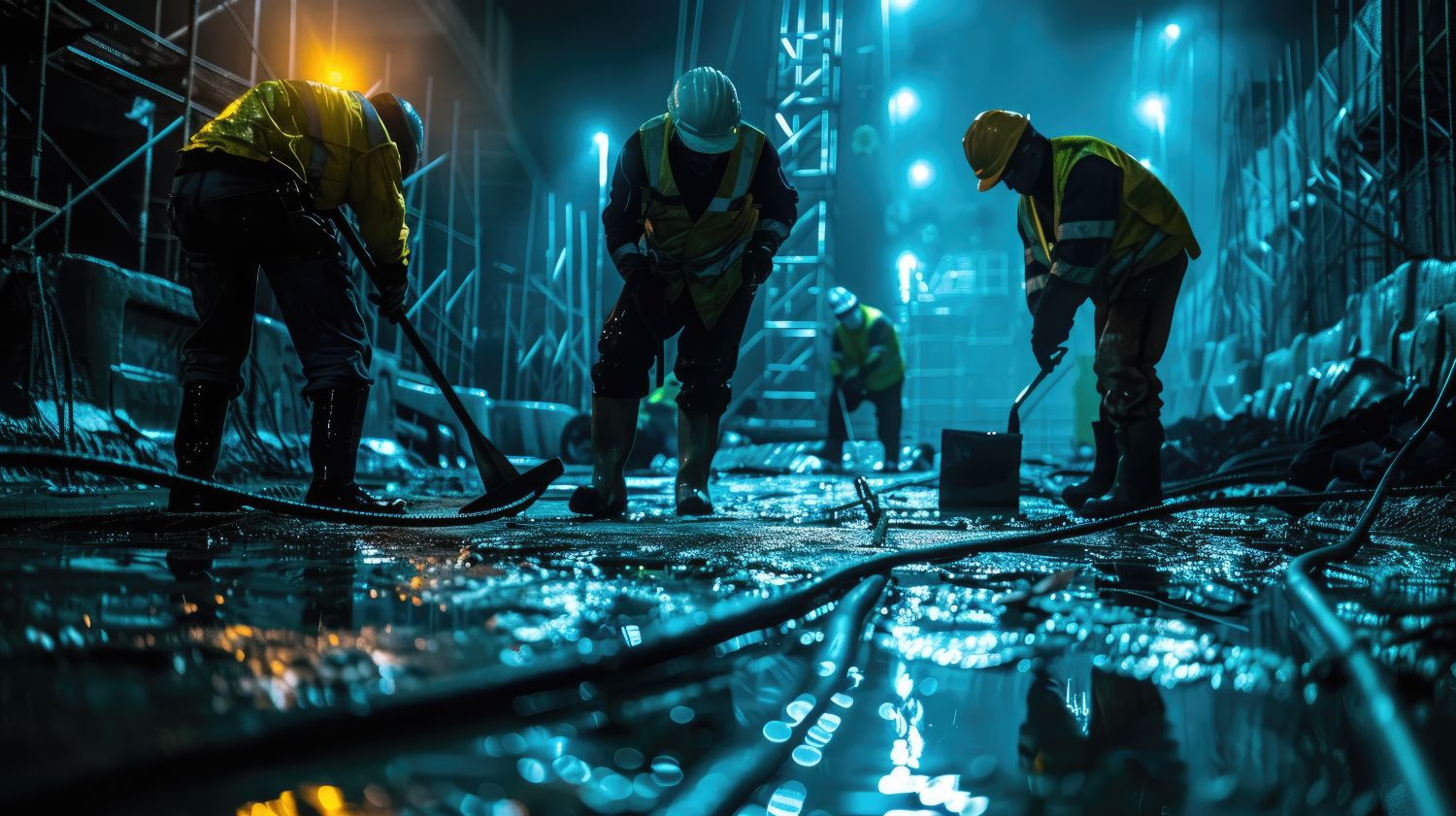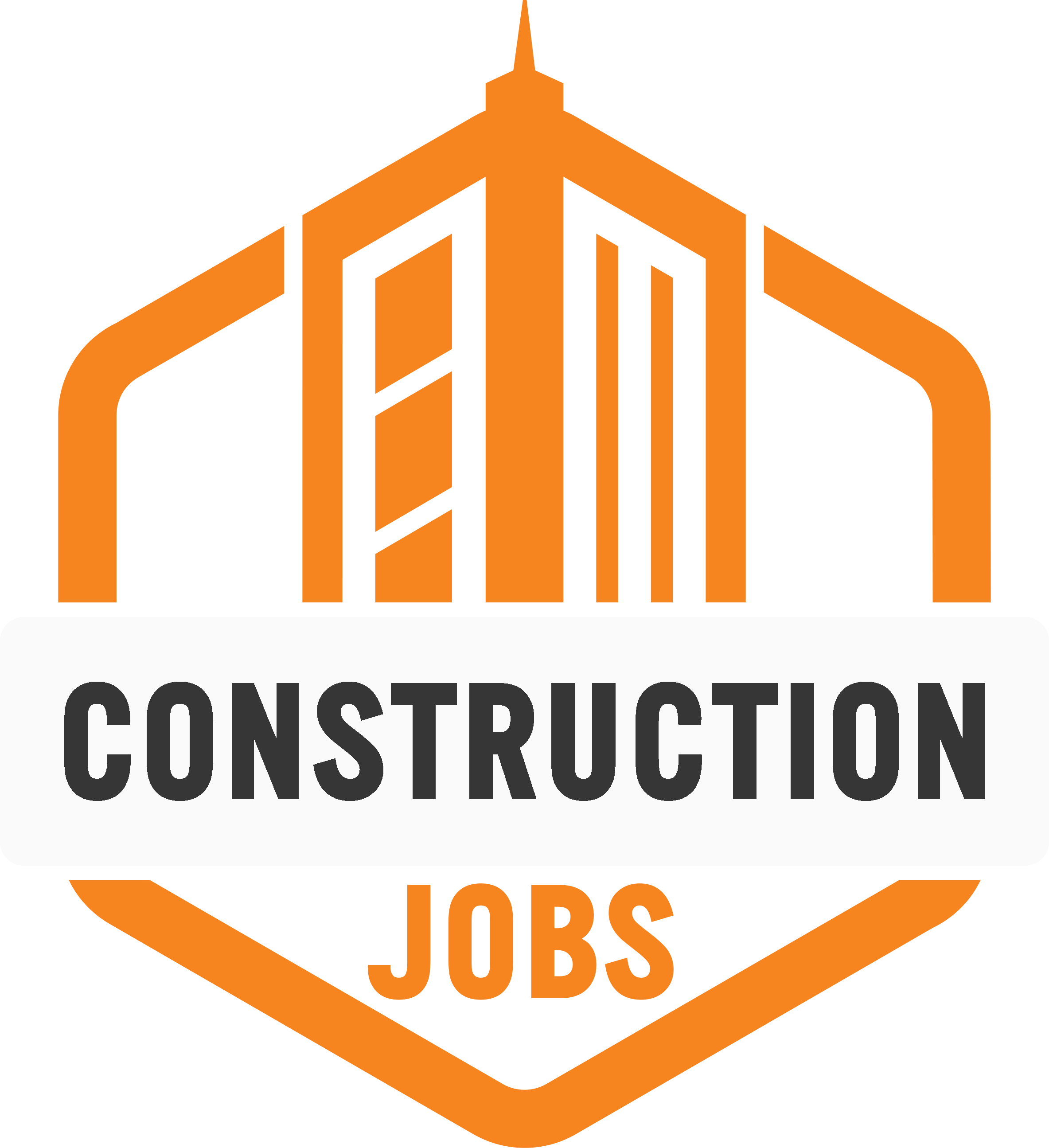Creating the Best Night-Shift Experience for Construction Workers
Working night shifts disrupts employees’ circadian rhythm, potentially impairs their metabolism, and increases the risk of heart disease.

Working night shifts is notoriously bad for your employees’ health.
Taking a construction job that requires night work is seen as dangerous, too. Low visibility at night means that accidents are more likely to occur, while some staff will struggle to adjust to working night shifts and may show signs of fatigue while on site.
As an employer, it's your job to protect your team by providing your workers with the best night shift experience possible. You’ll need to evaluate your approach to health and wellness benefits and should take meaningful steps to improve the safety of your site once the sun sets.
Understanding the Risks
The negative health impacts of shift work and night work are well documented. It should come as little surprise that getting to a work site when your body requires sleep doesn’t aid efforts to improve health and wellness. Some of the areas most commonly impacted by shift work include:
- Family Life: Working nights can desynchronize workers and leave them out of touch with their families. These effects can be a real issue for people with kids and may heighten your team’s psychological distress.
- Cardiovascular Health: Research shows that night workers are at a heightened risk of cardiovascular disease due to sleep disruption. Typically, night workers have a higher heart rate than day workers and are more likely to live with hypertension.
- Lifestyle: Some employees who work night shifts counteract their stress by undertaking unhealthy habits like smoking and drinking to excess. These habits increase the risk of developing conditions like diabetes.
- Immune System: Sleep gives people a chance to rest and recover after a hard day at work. As such, people who fail to sleep enough are at a heightened risk of picking up illnesses due to a weaker immune system.
Understanding the health consequences of working night shifts is crucial to keeping your site open after sunset. You must account for the additional strain you’re putting on employees and adjust your health and wellness benefits to invest in those who put in hard work after hours.
Investing in crew-specific health and wellness strategies — like offering free gym membership or paying for addiction counseling — can improve the efficiency of your team by reducing the risk of burnout. Your employees are far more productive when supported at work, and your investment in health and wellness benefits will be rewarded tenfold.
Wellness Benefits
Providing health-boosting benefits reduces the risk of illness or fatigue derailing your progress. Setting aside funds for health and wellness can reduce the risk of absenteeism and keep you on track to hit your goals. Ensure employees are safe working night shifts by promoting the following:
- Sleeping 7 to 9 Hours: Depending on your budget, set aside funds for blackout blinds, higher quality mattresses, and access to sleep therapy to ensure your team is well rested after a night shift.
- Diet: Donuts and soft drinks may go down well as an occasional treat, but you should support your team by partnering with vans and cafeterias that supply healthy, balanced meals at an affordable price.
- Hydration: It’s easy to overlook the importance of hydration when working hard. Keep your team topped up by providing bottled water.
- Stress: Night shifts can become stressful quickly when things go awry. As a leader, do your best to mitigate stress by investing in communication platforms, keeping your workspace clean, and adopting an understanding mindset when working with night shift workers.
Promoting the health and well-being of your night shift crew is sure to pay dividends in the long run. Partnering with businesses that boost the health and wellness of your team is a great way to attract more talented workers, too. People always want to work for employers who treat them right and will join your team if you can prove that their health and wellness will be protected.
Accounting for Fatigue
Fatigue is all but guaranteed when leading a night crew. Some people struggle to adjust to working at night, while others are responsible for childcare and are running on a lack of rest. Rather than blaming employees who appear fatigued at work, take proactive measures to account for their tiredness. Get started by using essential tools and strategies that help in preventing human error, including:
- Robust standard operating procedures (SOPs);
- Electronic logging devices;
- Real-time monitoring for fatigue;
- Instant communication platforms;
- A culture of transparency.
Embracing these measures will help you account for fatigue and reduce the risk of an accident at work.
Conclusion
Creating an exceptional night-shift experience can protect the health and wellness of your team. Doing so will translate into higher productivity, reduce the risk of accidents at work, bolster your reputation in the area, and help you land more talented employees.
- Share This →

